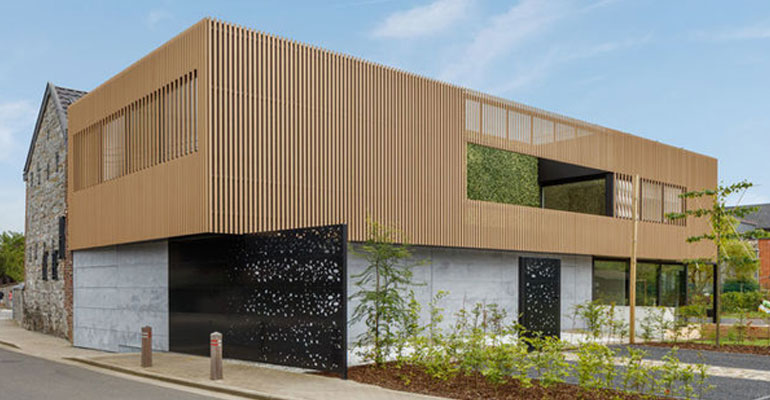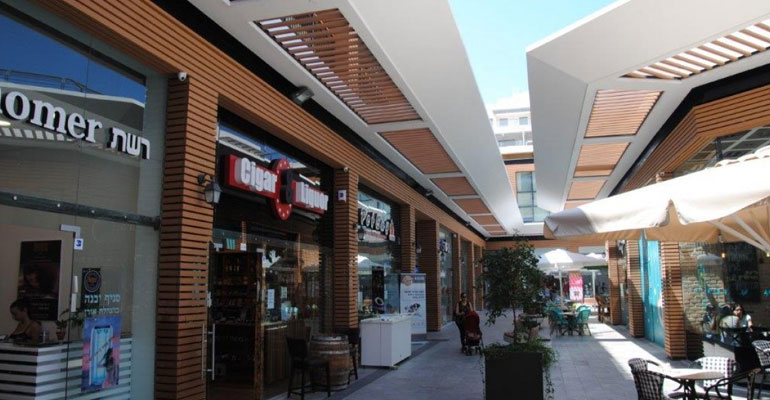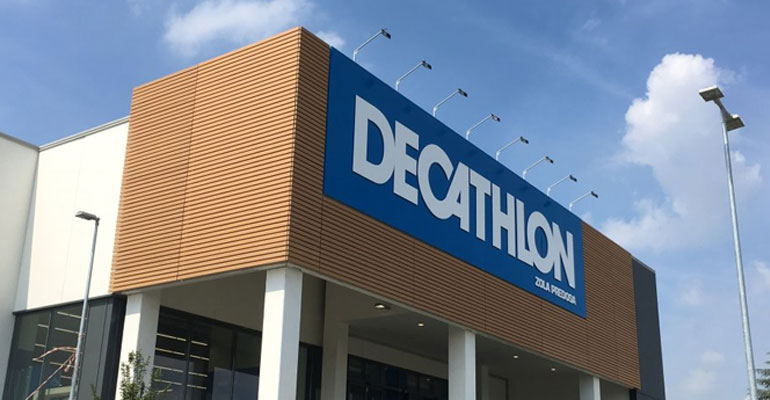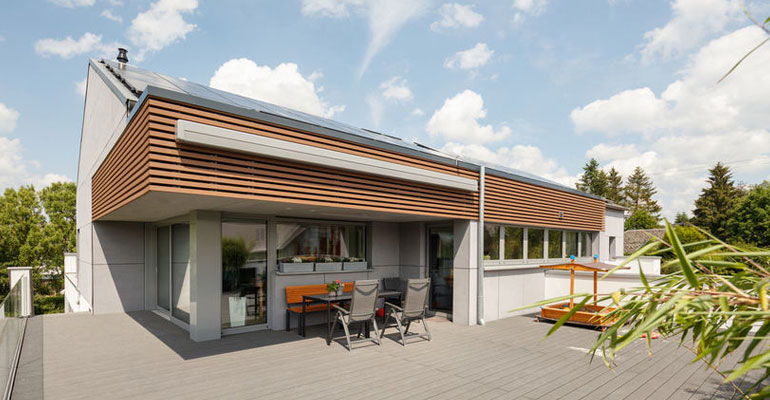Comparing Different Types of Exterior Cladding Materials
Thursday, November 23, 2023Exterior cladding, also known as siding, protects your home from the elements and moisture and protects the interior components of your home from the weather. Most exterior siding consists of more than one layer, such as the outside of the wall, a waterproof plastic membrane, insulation, and waterproofing. The two most common methods of covering the exterior of a building are brick and plastic siding. There are many different ways to cover the exterior walls of a house using modern building materials.

Brick, vinyl, and composite cladding materials are all common exterior cladding materials. Below, we’ll cover the pros and cons of the different types of exterior cladding materials so you can better understand each one.
Brick cladding
Brick is one of the most commonly used materials for building exterior walls. Not only does this material look great and is easy to find, but most builders are used to using it.
Advantages of brick facades
Bricks and mortar are made from natural materials such as clay, which is fired in a kiln and then made into bricks. The exterior of the bricks does not need to be painted and can be used permanently without painting. In a passive solar home, the heat from the bricks can be used to heat the house. What’s more, the home is better insulated because of the space left between the exterior cladding and the brick siding.
Some creative companies are now making bricks from recycled materials such as fly ash, a byproduct of coal-fired power plants. A recent World Bank study found that these bricks could reduce the carbon footprint of the construction industry by a significant amount.

Disadvantages of brick facades
The main problem with brick walls is the amount of energy required to make the bricks. A lot of energy is consumed to make bricks because ovens are used to heat the bricks. The mortar that holds the bricks together is made from cement. 5% of the world’s carbon dioxide emissions come from the cement business.
Vinyl Siding
Vinyl siding is a strong plastic that is used to cover the exterior of a home. This type of siding is aesthetically pleasing and can withstand the elements. Made primarily from polyvinyl chloride (PVC) resin, vinyl flooring is a great addition to a home as it does not require painting or maintenance every few years.
Advantages of Vinyl Siding
Most types of cladding, other than plastic, have a layer of paint applied on top. Vinyl exterior siding is special because the color is baked on. The color of vinyl flooring is exactly the same as the color on top. If you don’t like to paint the exterior of your house, vinyl flooring is a great option. You never have to paint vinyl flooring.
Vinyl siding is one of the most cost-effective ways to cover your home. Fiber cement siding is two to four times the cost of vinyl siding just for the materials alone. In most cases, vinyl siding is the least expensive way to cover a home. Because vinyl siding has a smooth surface, it is also easy to clean with a yard hose. Dirt, cobwebs, and other debris will fall off.
Disadvantages of Vinyl Siding
The biggest problem with vinyl siding is that it cannot be manufactured again. People can get cancer from polyvinyl chloride (PVC), which is what vinyl flooring is made from. People can get sick if they are exposed to dioxins during the manufacturing of the PVC material, or if the PVC material catches fire.

Composite wall cladding
WPC cladding is typically made from a mixture of wood fibers and recycled plastic that is heated and pressed through a mold. As a result, composite cladding is both like wood and has the benefits of a plastic material.
Composite cladding materials have the natural beauty of wood with the strength and low maintenance costs of plastic. This means that composite wall cladding will not require much maintenance for a long time. It will also retain the appearance of the original installation for a long time.
Composite exterior cladding does not require painting. Therefore, laying composite siding on the exterior of your house is a green and durable option. They are completely safe and will not cause you any harm.
Advantages of Composite Cladding
Composite cladding is a great choice for your home for many reasons, and all of them are worth the money you spend on it. Here are just a few of those reasons.

Durability
Composite cladding can last for a long time, and so can its construction. This material provides a hard shell for the outer layer of your home’s walls. It protects the interior walls and insulation as a whole and keeps the house completely watertight. Composite exterior cladding won’t break or rot as wood does.
Eco-friendly
Composite cladding is also good for the environment as it leaves a much smaller carbon and environmental footprint. Most high-quality composite cladding is made from wood fibers and plastic. If they weren’t, these wood fibers and plastics would be disposed of in landfills. Reusing these materials also reduces the use of new resources.
Pleasing to the eye
Composite materials come in a variety of colors and textures, making it easy for homeowners to find the right product for their house. Making your home look better from the outside will definitely increase its value.

Disadvantages of Composite Cladding
Composite cladding can cost more to purchase than wood, which may make you hesitant to consider the price. But in the long run, this can usually be made up for with a longer cladding life, better resistance to weathering, erosion, and damage, and lower maintenance costs.